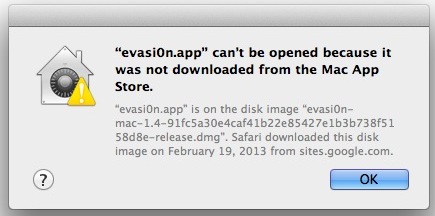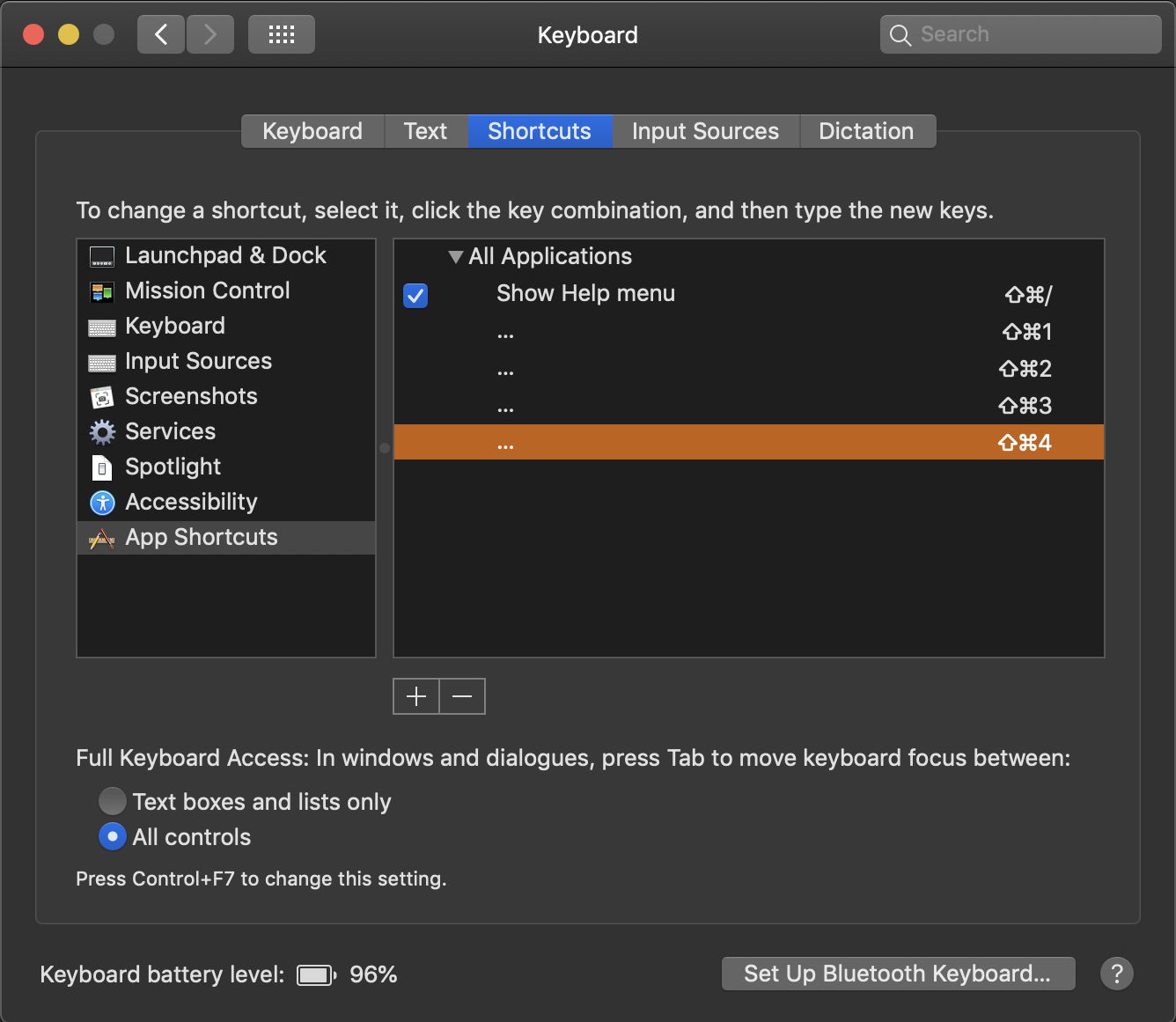Once you disable Gatekeeper, you will be able to install apps from anywhere without any problems. While removing the security feature entirely might not be possible, you can easily disable Gatekeeper security feature either temporarily or permanently. Here is how you can disable Gatekeeper: Option 1: Utilizing Terminal to disable Gatekeeper. Gatekeeper is a feature available on MacOS X systems to block, by default, any application that is not installed from the Apple Store, for security reasons (all apps on Apple Store are validated and certified by the original developers). Let's see how to manage this feature on MacOS X systems by accessing to it using command line (using Terminal). Click the “Utilities” menu and select “Terminal” to open a terminal window. Type the following command into the terminal and press Enter to check the status: csrutil status. You’ll see whether System Integrity Protection is enabled or not. To disable System Integrity Protection, run the following command: csrutil disable.
- Mac Os Allow Apps From Unidentified Developers
- Mac 10.14 Disable Gatekeeper Install Untrusted Apps Terminals
- Mac How To Allow Apps From Unidentified Developers
Will there be future support for allowing the use of Unidentified Developer apps in MacOS 10.14.1 Mohave? I understand that Apple would like to ensure a safe environment for our Mac products, however many users such as myself have invested money from 3rd party companies (which were safe and usable) that are systematically being shut down. I post this now because I have waited for an update or other community questions. Most answers go back to previous MacOS gatekeeper issues. It would be nice to be able to load an updated printer driver in the near future.
Mac Os Allow Apps From Unidentified Developers

Mac 10.14 Disable Gatekeeper Install Untrusted Apps Terminals
BTW I have attempted to open the app from a finder window and control click on the app. I have opened my gatekeeper app and switched to Allow apps downloaded from: Anywhere. I have attempted to open the executable file in Mac Terminal. Still receiving: 'The application 'app name.app' can't be opened.' bubble.
NOTE: if you have one of those Macs on which WiFi does not work, read to get it working again. A very simple and very fast guide to follow is available that allows you to “force” the installation of macOS Big Sur even on officially unsupported machines, including most of the Macs presented in 2012 and 2013.Without wasting time, we immediately see how to proceed to have macOS Big Sur also on all those Macs that are not officially supported by Apple. https://omgarmor.netlify.app/how-to-install-unsupported-apps-on-mac.html.
Any other users/developers know if this will be updated?

Thank you. How to delete apps from icloud on mac.
Reboot your Mac and hold the COMMAND + R keys while rebooting. To uninstall try with AppCleaner, it's free in the AppStore.Apple Mail is a system app so, in AppCleaner, try double click on the checkbox and then proceed to Delete the app.For Reinstall.Apparently you'll need to do a reinstallation of OSX.According to, a reinstallation wont affect your files, can't tell for myself, I've never done that.Simply make a backup before anything and may the force be with you. Delete mail app on mac. Choose reinstall. You will enter to Recovery environment.
Mac How To Allow Apps From Unidentified Developers
MacBook Pro, macOS Mojave (10.14.1)
Posted on